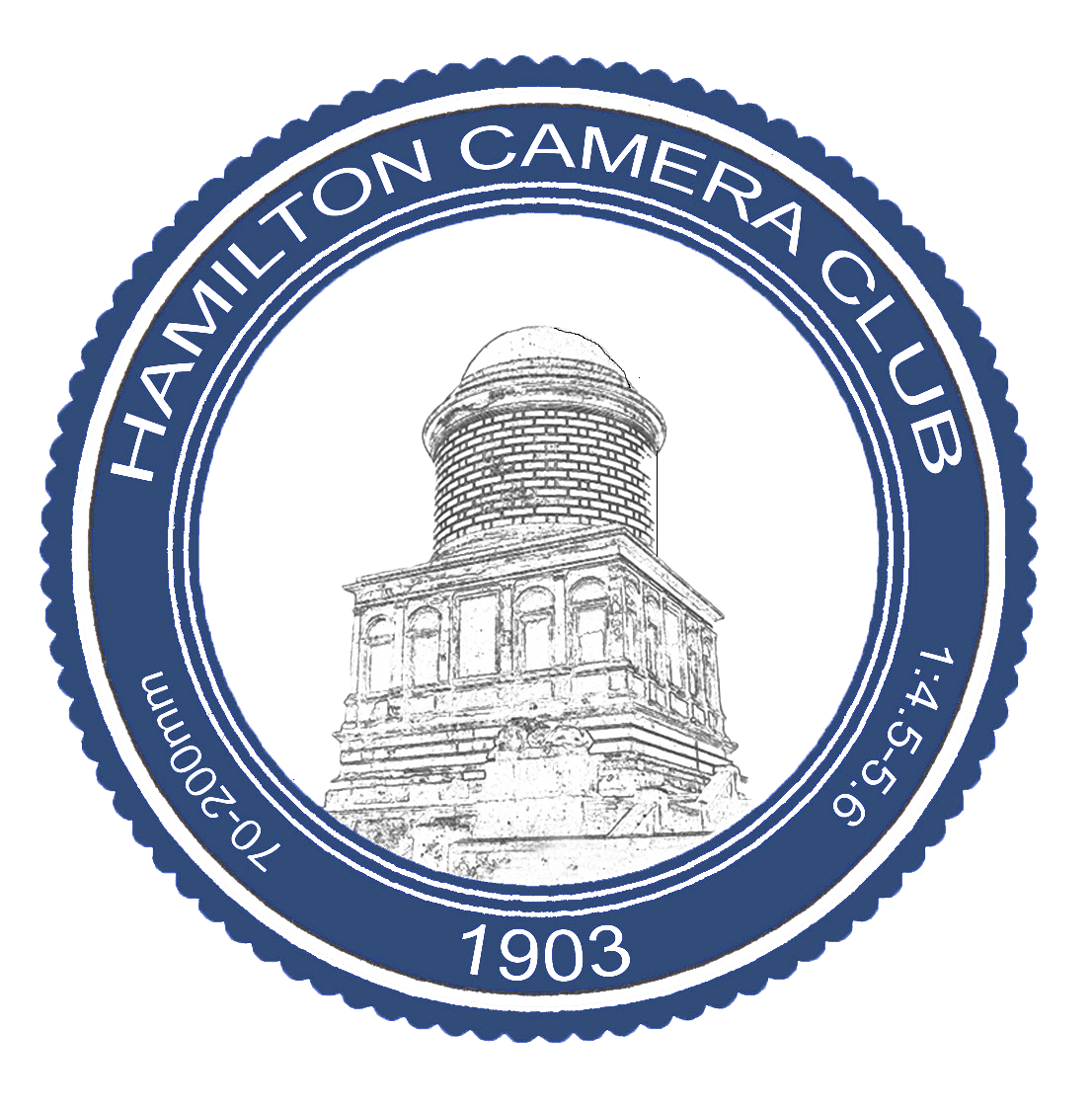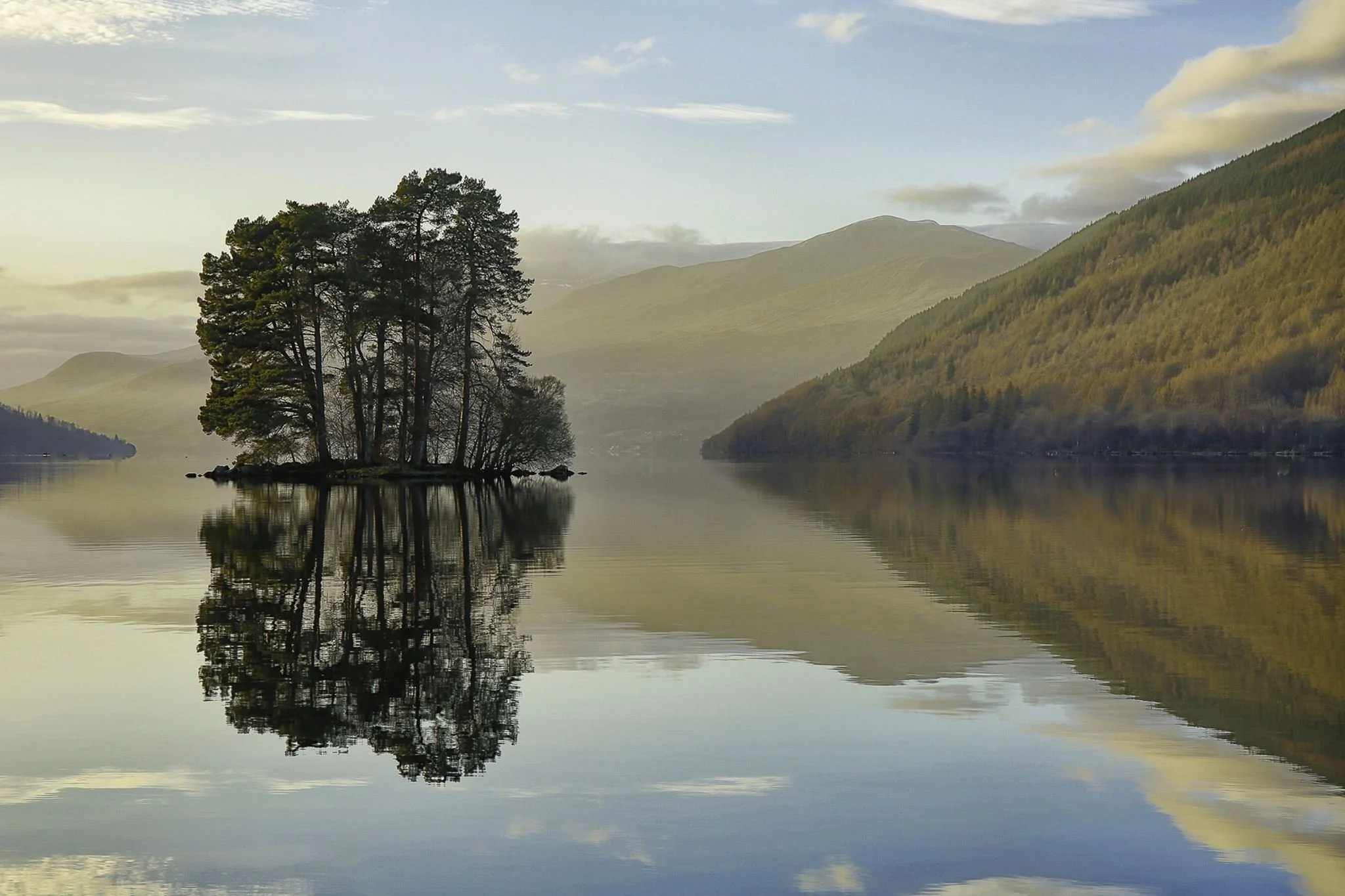Chasing the Light - Roger Shearer
The Landscape Revealed: An Evening with Roger Shearer
For any enthusiast of landscape photography, a talk by Roger Shearer is a welcome opportunity to refine their craft. Known for his infectious enthusiasm and a deeply practical approach, Roger recently shared his wisdom, guiding his audience on a journey from the fundamental mechanics of the camera to the artistic soul of a compelling image. His talk was not a lecture of rigid rules, but a conversation filled with hard-won advice, humorous asides, and an ever-present passion for capturing the perfect shot.
The Foundation: Your Toolkit and Technical Choices
Loch Tay
Roger began by grounding the audience in the essentials: the gear and the settings that form the bedrock of landscape photography. He dismissed the idea of needing the most expensive equipment, focusing instead on functional, reliable tools. A sturdy tripod, he stressed, is non-negotiable for achieving sharpness and enabling creative techniques. For lenses, he highlighted the versatility of zooms like a 24-70mm and the expansive view of a 17-40mm. He also championed the utility of an L-bracket for seamless switching between horizontal and vertical orientations, and the transformative power of filters—a polariser to cut glare and enrich colours, and neutral density (ND) filters, both solid and graduated, to control the light entering the lens.
With the physical toolkit established, Roger delved into the camera’s core settings, the “exposure triangle” as applied to landscapes. His primary advice on aperture was to seek the sweet spot for sharpness, typically between f/8 and f/11. While smaller apertures like f/22 offer greater depth of field, he warned of the softening effects of lens diffraction.
Shutter speed, he explained, is a largely creative choice dictated by the scene. Do you want to freeze the explosive motion of a crashing wave with a fast shutter, or render it as a milky, ethereal blur with a long exposure? He noted that capturing the flow of water often finds its magic between a third and a half-second, though exposures as long as six seconds can create sublime, dreamlike effects.
The final piece of the technical puzzle was focus. "What is the hero of your image?" he asked. Deciding which elements must be tack-sharp is paramount. He offered several strategies to achieve this: using the hyperfocal distance for a reliable compromise, the practical technique of focusing one-third of the way into the scene, or for ultimate front-to-back sharpness, employing focus stacking—a digital technique where multiple images focused at different points are blended together.
The Secret Ingredient: Chasing the Light
With the technical foundations laid, Roger shifted to what he called the "secret component" of all great landscapes: light. He was unequivocal about its importance, stating that even the most spectacular vista will fall flat in poor light. Grey, overcast skies, he warned, are a photographer's enemy, often blowing out to a featureless white. In contrast, blue skies punctuated by clouds are a gift, with the clouds acting as giant natural softboxes, diffusing the sunlight beautifully. A completely clear, cloudless sky, while pleasant, often creates a bland and uninteresting upper portion of an image.
The most magical moments, however, come from "transient light." These are the fleeting instances when a sunbeam breaks through the clouds to illuminate a distant peak, or the warm glow of golden hour transforms the entire palette of the land. This light comes and goes in an instant, and being ready to capture it, Roger insisted, is what separates a good photograph from a great one.
The Art of Seeing: Principles of Composition
For Roger, composition is where the photographer’s true voice emerges. He was quick to state that there are no "rules," only "guidelines," tools to help arrange the elements of a scene into a pleasing and impactful whole. The rule of thirds and the use of leading lines are starting points, but the fundamental question must always be: "What do I want the viewer to look at?"
Leading lines—whether a pronounced, curving river or the subtle line of a dry-stone wall—are powerful tools for guiding the eye through the frame, often towards a vanishing point. He championed the inclusion of foreground interest to create a sense of depth and make an image feel more three-dimensional. Adding something of a known size, like a person or a prominent boulder, can also give a sense of scale to a grand vista, which can otherwise feel a little flat.
He encouraged looking for shapes within the landscape—threes, triangles, curves, and arcs—that create natural harmony. While generally advising against placing the main subject dead centre, he showed examples, such as a lone island with a cluster of trees, where a central composition can be incredibly powerful. Another crucial tip was achieving "visual separation" by simply moving a few feet left or right to prevent important elements from overlapping confusingly. Finally, he demonstrated the power of framing, using overhanging branches, rocks, or even the empty frame of an old sign to hold the viewer's eye within the scene and draw attention to a distant subject.
In the Field: Putting It All Together
Drawing on his experiences in locations from the Faroe Islands to High Force waterfall in County Durham, Roger shared his on-location philosophy. He is a firm believer in "working a scene," emphasizing that moving just a couple of feet can completely alter a composition, turning a messy, cluttered shot into a clean, powerful one. He advised using a long lens to compress distant layers of a landscape, creating a sense of stacked intimacy. For capturing truly epic scenes, he recommended stitched panoramas. He also urged the audience not to forget the power of the vertical format, even for sweeping landscapes, as it can add drama and focus.
Above all, his message was one of persistence and practice. Revisiting the same location in different seasons and weather conditions yields vastly different results. The act of going out with the camera, whether you return with a portfolio-worthy shot or not, is always worthwhile.
In closing, Roger’s blend of humour and passion shone through. His final piece of advice, delivered with a wry smile after showing a stunning sunset shot from a Nordic location, was simply: "Enjoy your sunsets... but watch out for bears." It was the perfect encapsulation of his approach: be prepared, be creative, be passionate, and never lose your sense of adventure.

